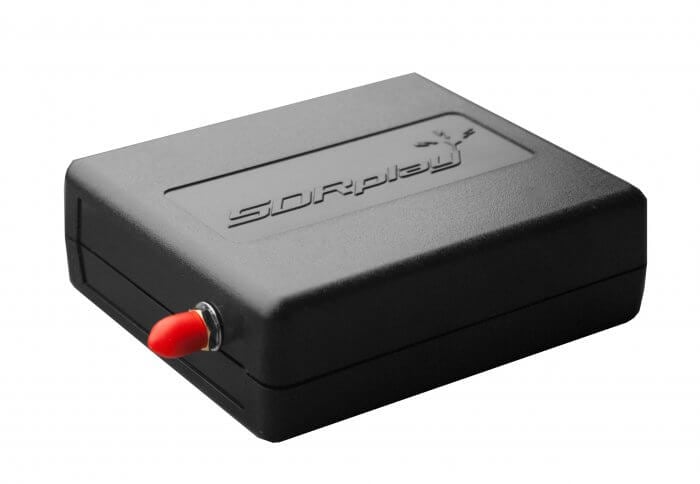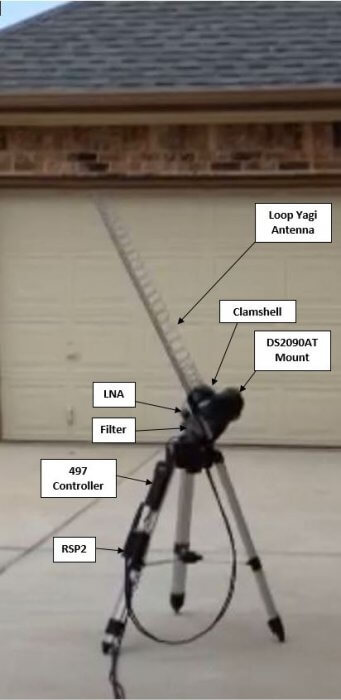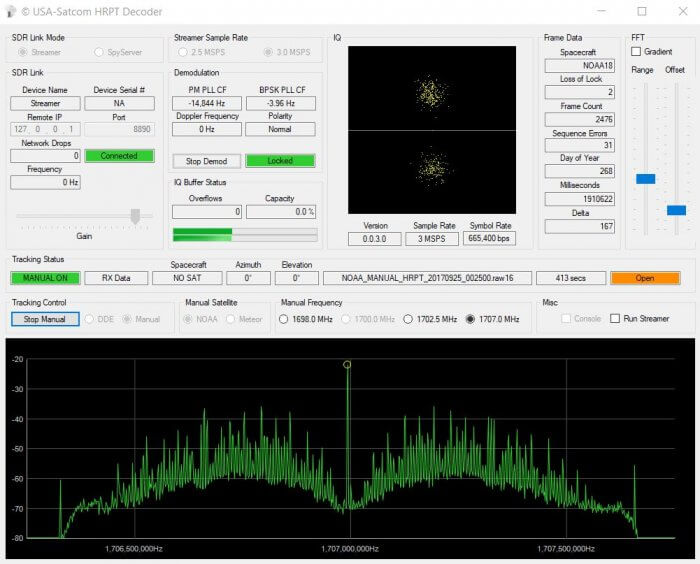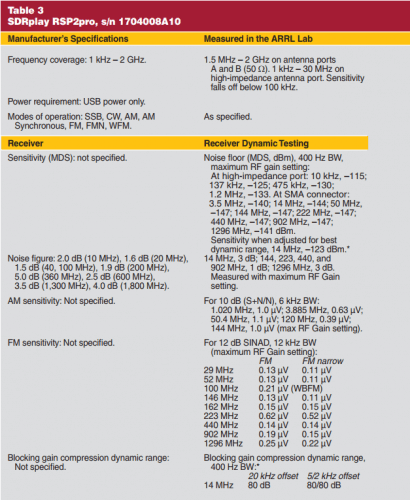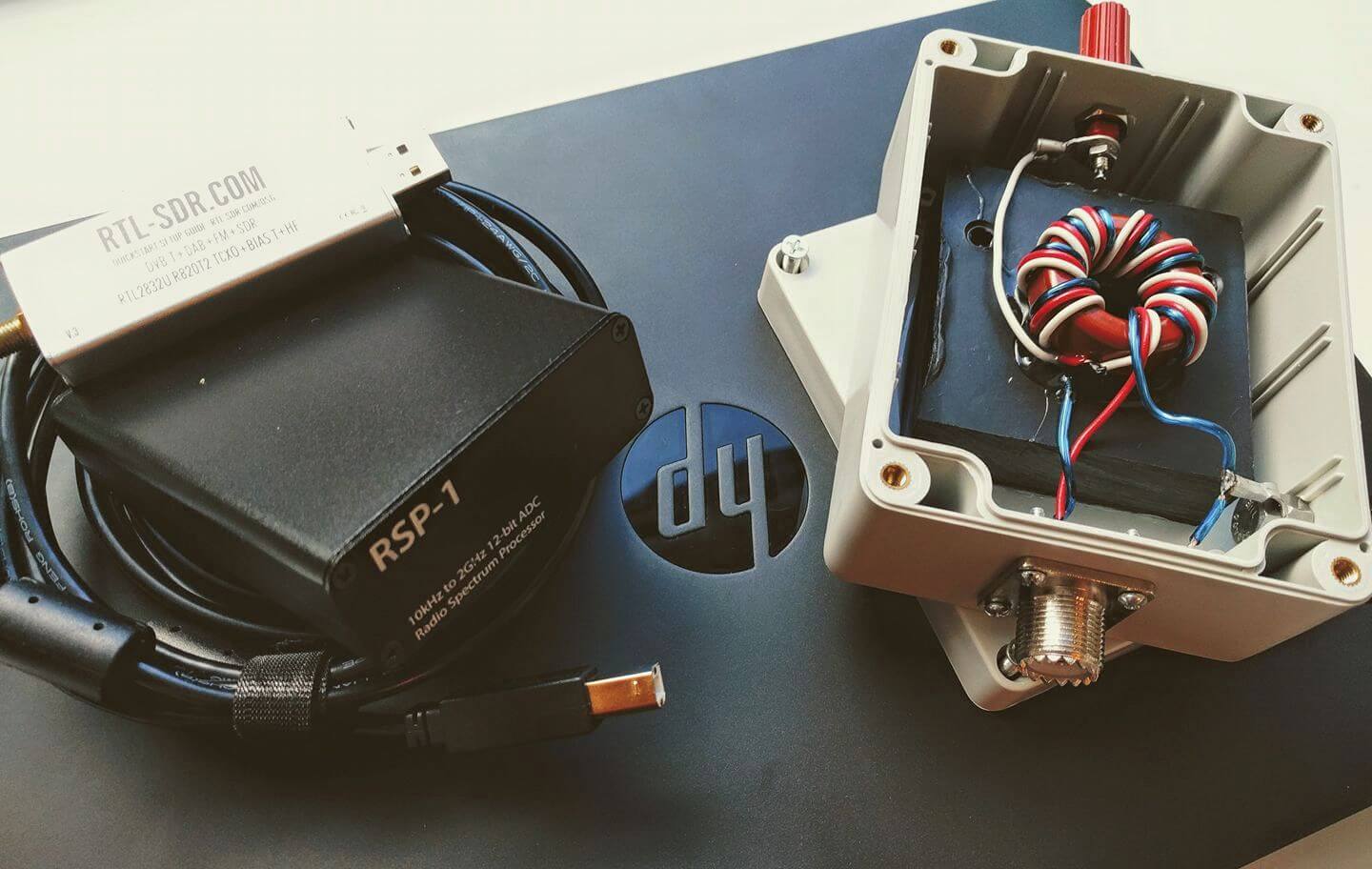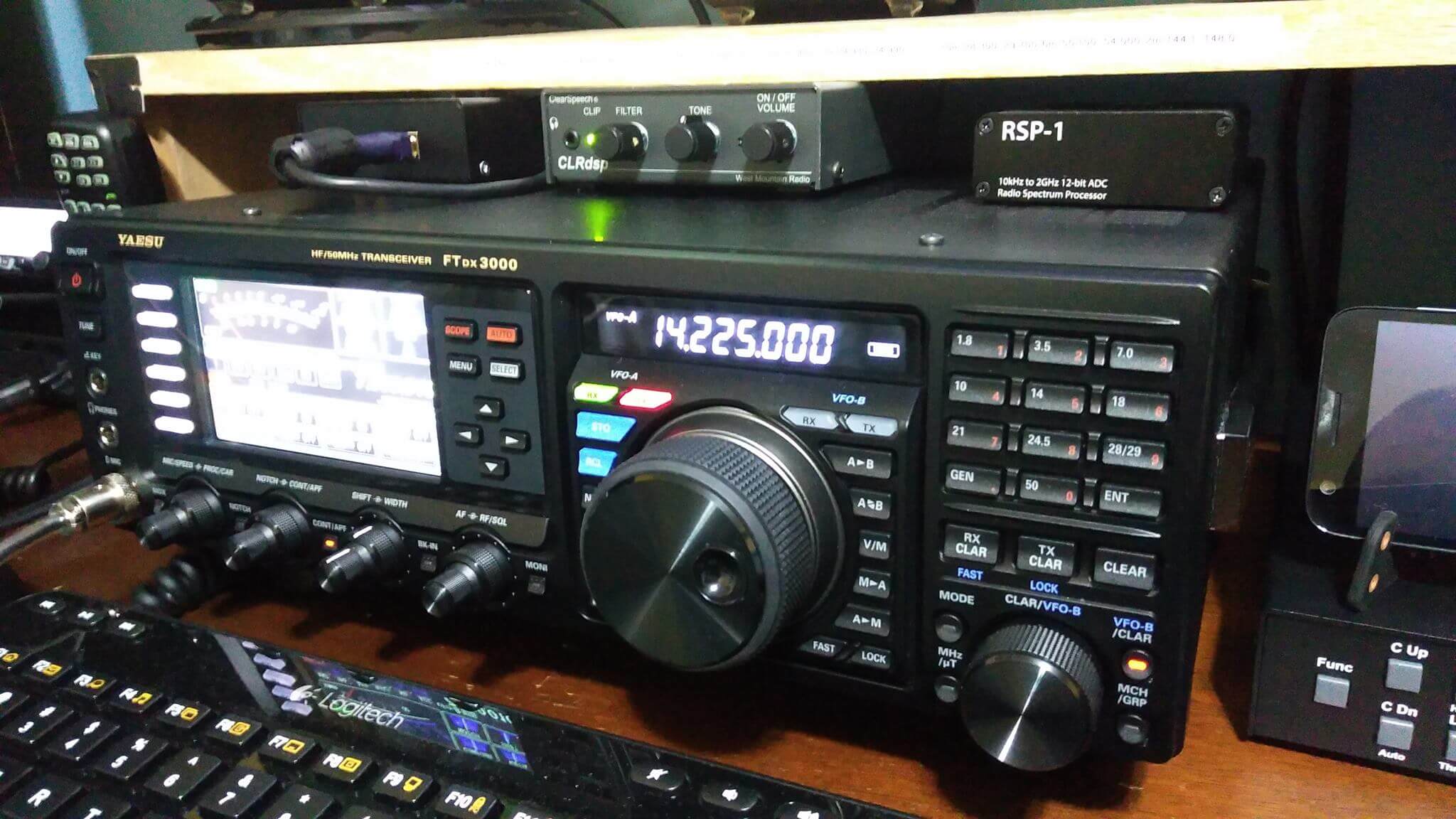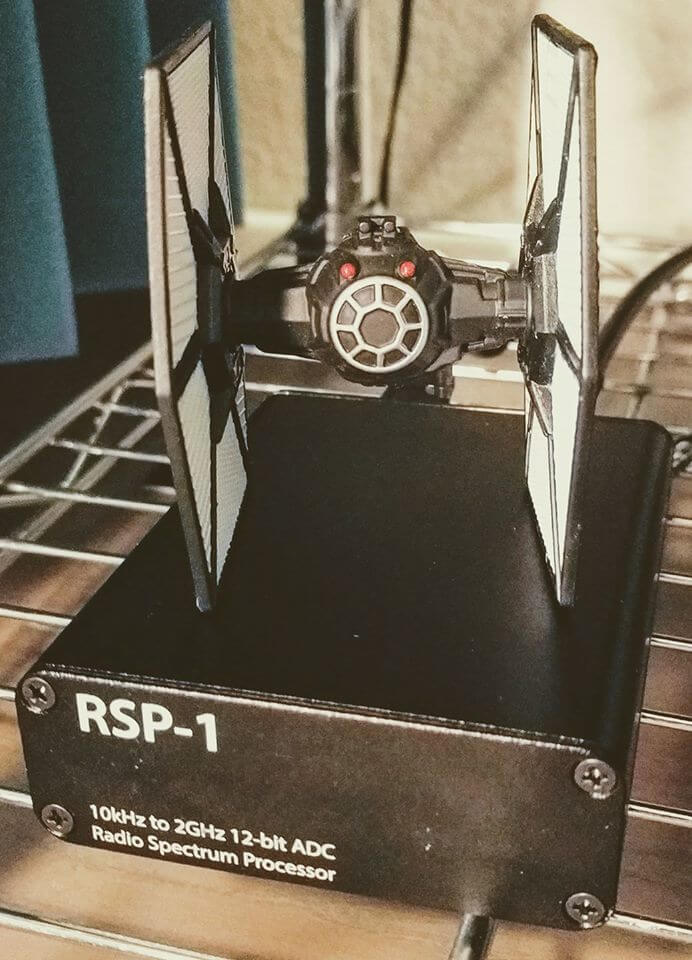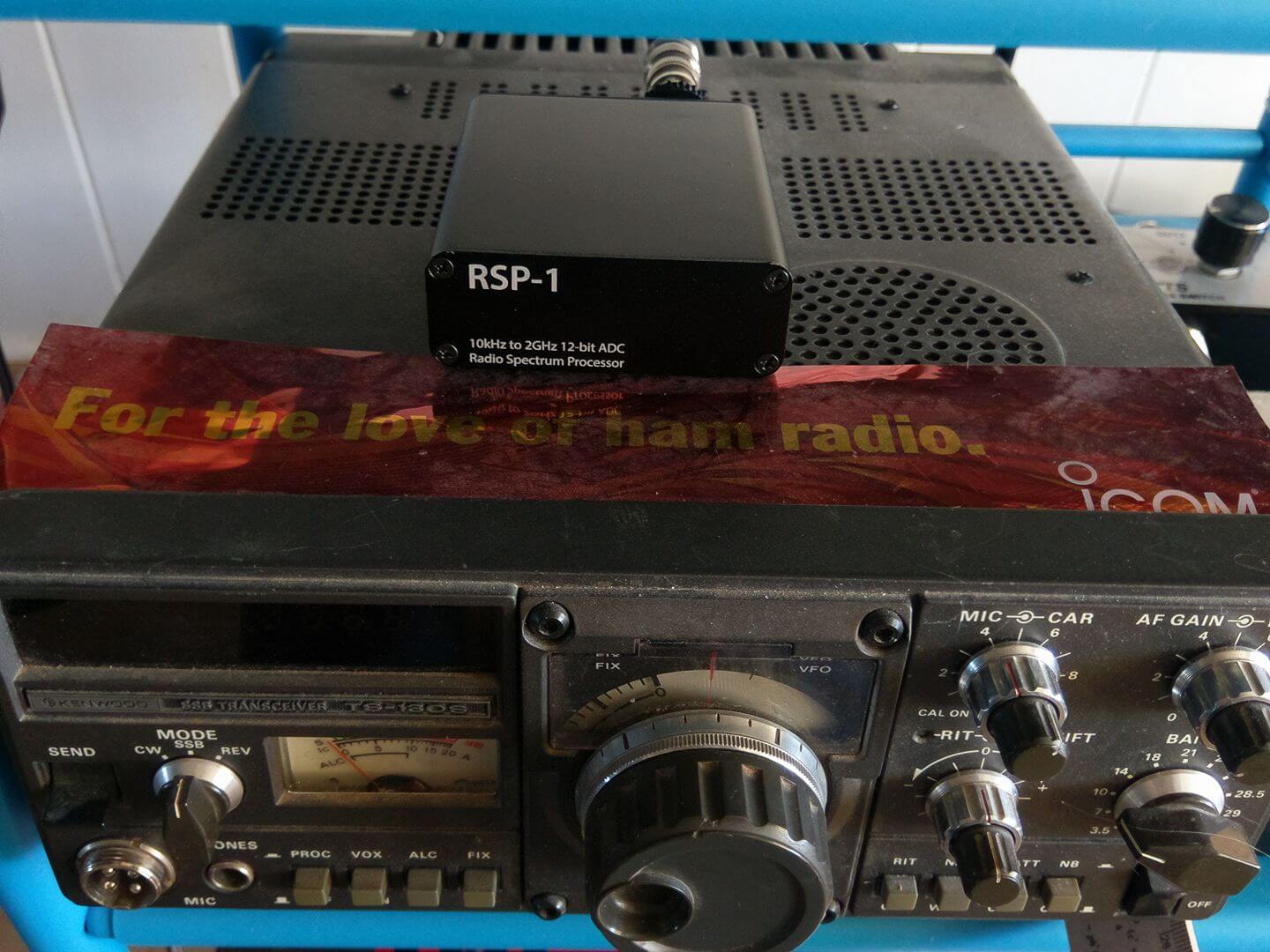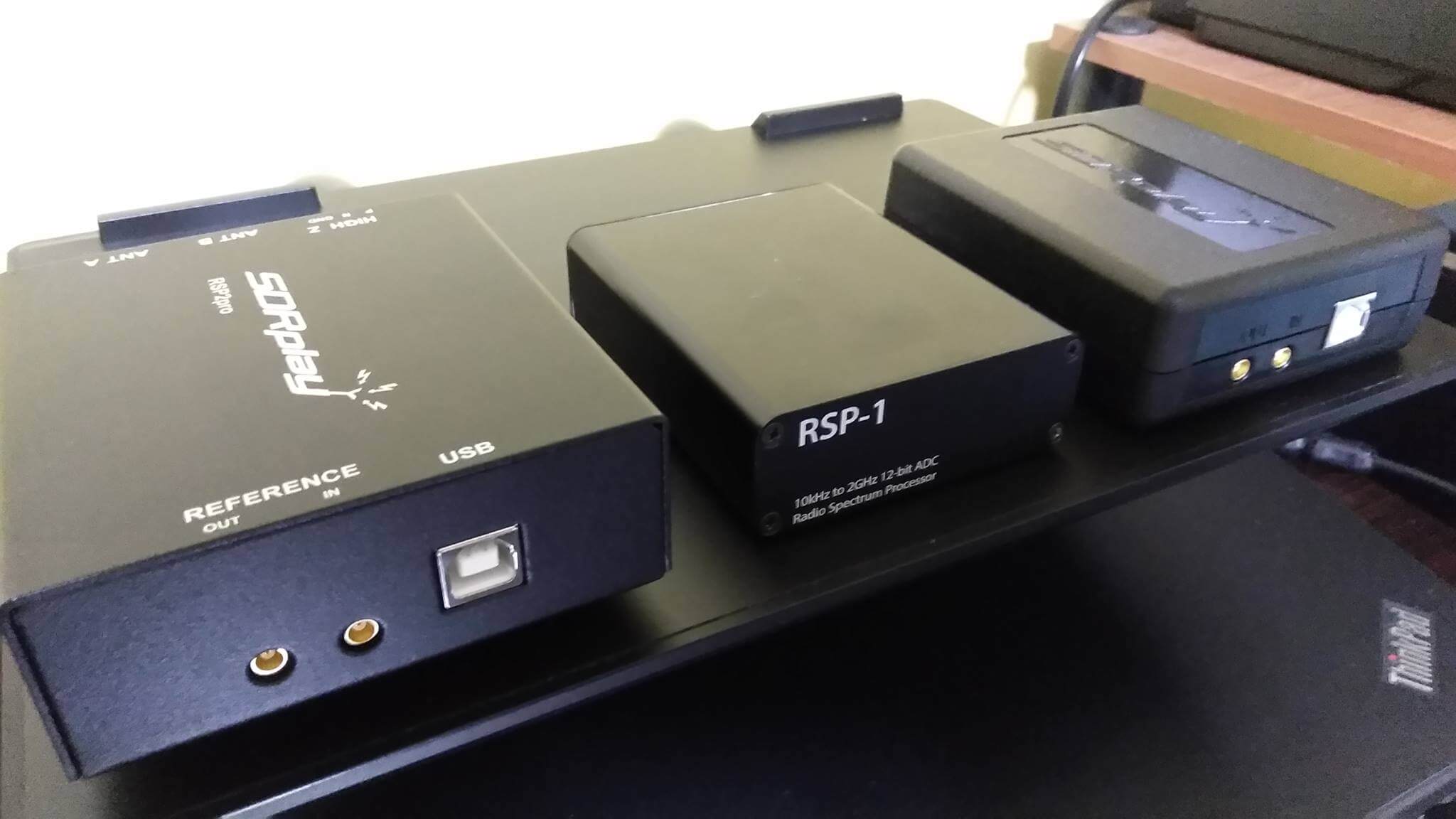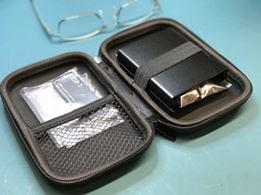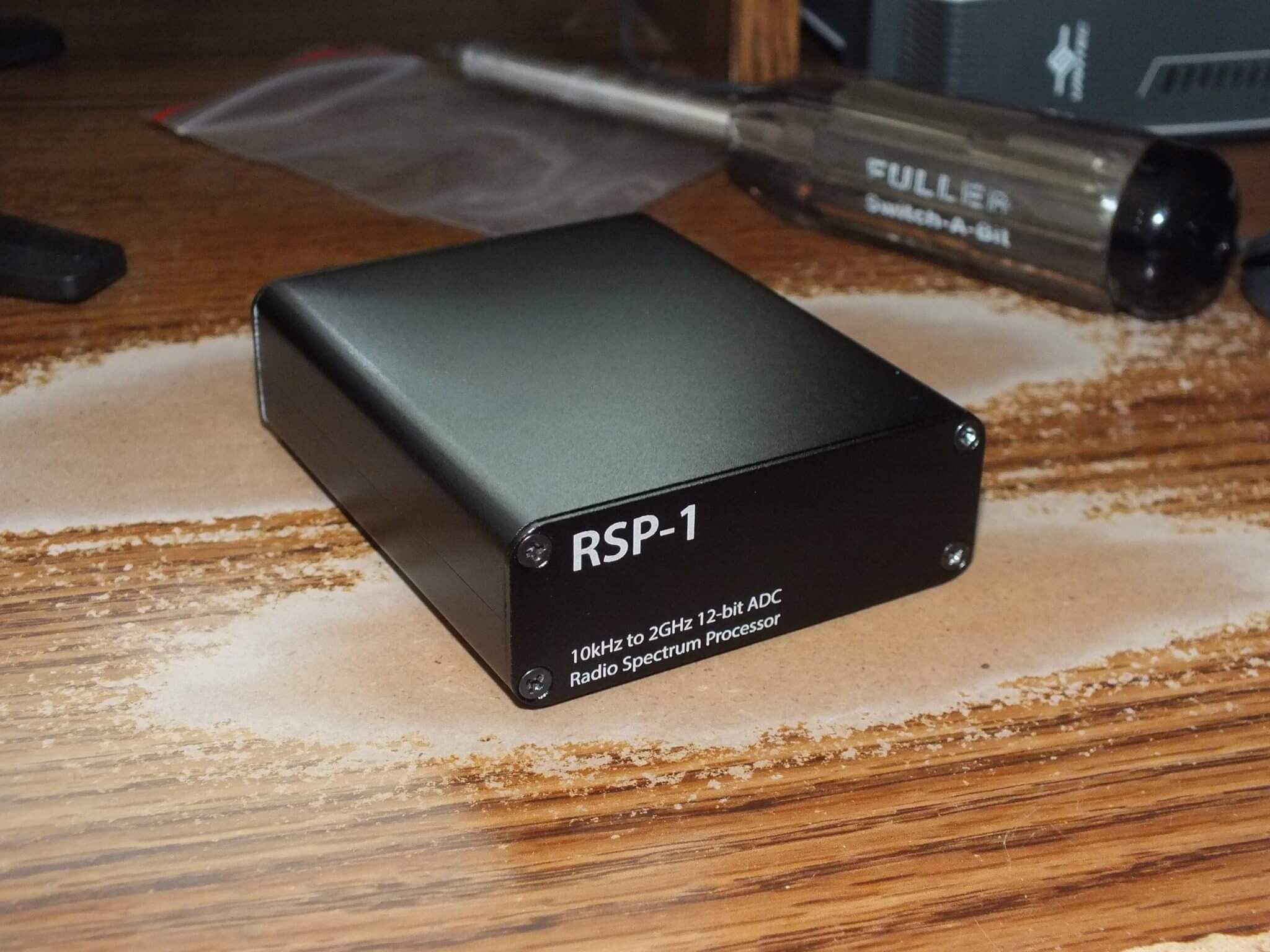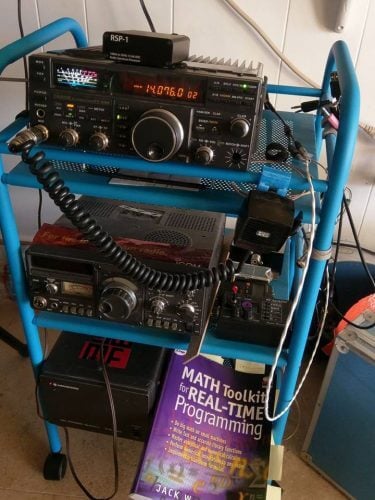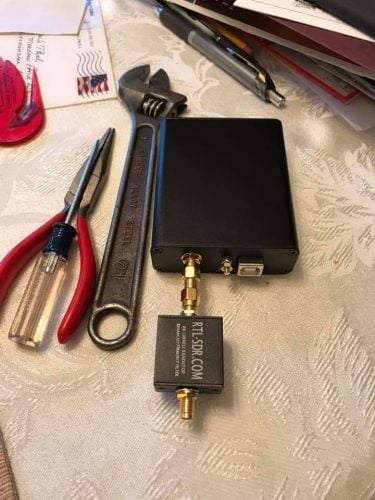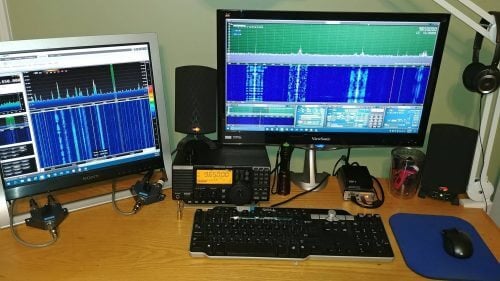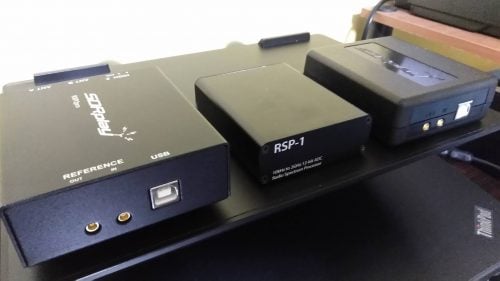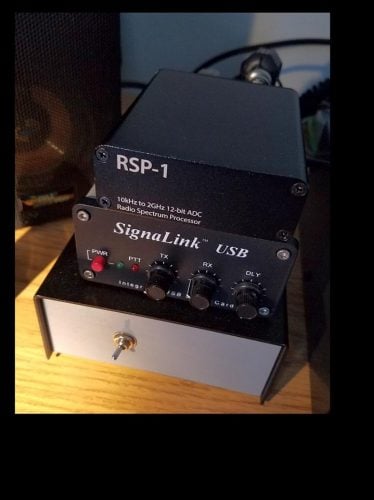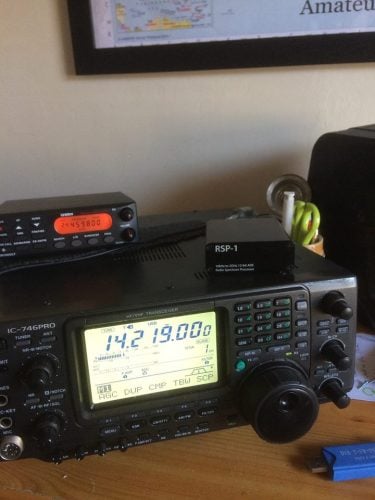SDRplay Release the RSP1A: A $99 14-bit 1 kHz to 2 GHz Revision of the RSP1
Today SDRplay have released the RSP1A, a revision of the popular $99 USD RSP1 with some significant improvements. The press release is pasted below:
SDRplay Limited has today announced the launch of a new Software Defined Radio product – the RSP1A.
The SDR-play RSP1A is a major upgrade to the popular RSP1 and is a powerful wideband full featured 14-bit SDR which covers the RF spectrum from 1 kHz to 2 GHz.
Due to its exceptional combination of performance and price, the RSP1 has proved to be a very popular choice as an “entry level” SDR receiver. Since launching the RSP1, we have learned a great deal about what people are looking for in SDR receivers, and where possible, we have incorporated these improvements and new features into the RSP1A.
The RSP1A therefore delivers a significant number of additional features which result in benefits to amateur radio enthusiasts as well as significant benefits for the scientific, educational and industrial SDR community.
Here are the main additional features of the RSP1A compared to the original RSP1:
- ADC resolution increased to 14-bit native for sample rates below 6 MHz, increasing to 16 bits with decimation.
- Enhanced RF pre-selection (greater filter selectivity plus 4 additional sub-bands compared to the original RSP1) for reduced levels of spurious responses
- Improved LNA architecture with variable gain. The RSP1 had just a single gain step.
- Improved intermodulation performance
- Performance extended to cover 1kHz to 2GHz with a single antenna port.
- Bias-T facility
- Improved frequency stability incorporating a 0.5ppm TCXO (software trimmable to 0.01ppm)
- Selectable broadcast AM/FM/DAB notch filters
- RF shielding within the robust plastic casing
When used together SDRplay’s own SDRuno software, the RSP1A becomes a high performance SDR platform. The
benefits of using the RSP1A with SDRuno include:
- Highly integrated native support for the RSP1A
- Calibrated RF Power Meter with more than 100 dB of usable range
- Calibrated S-Meter including support for IARU S-Meter Standard
- The ability to save power (dBm) and SNR (dB) measurements over time, to a CSV file for future analysis
- The IQ output wav files can be accessed for 3rd party applications
SDRplay has also worked with developers of the popular HDSDR, SDR-Console and Cubic SDR software packages to ensure compatibility. As with the RSP1, SDRplay provides multiplatform driver and API support which includes Windows, Linux, Mac, Android and Raspberry Pi 3. There is even a downloadable SD card image available for Raspberry Pi3 which includes Cubic SDR.
The RSP1A is expected to retail at approximately £76 (excluding taxes) or $100 (excluding taxes) For more information visit our website on www.sdrplay.com
About SDRplay:
SDRplay limited is a UK company and consists of a small group of engineers with strong connections to the UK Wireless semiconductor industry. SDRplay announced its first product, the RSP1 in August 2014
The datasheet is available here (pdf), and a the full technical information is available here (pdf).
We've had a RSP1A beta preproduction unit for a few weeks now and will be releasing a full review comparing it against the RSP1 in a day or so. For a quick review conclusion we note that we've noticed that the filters are significantly more effective on the RSP1A compared to the RSP1, and the inclusion of the MW/FM and DAB notch filters help a lot in certain situations. The increased ADC resolution is due to decimation on board the MSi2500 chip and is noticeable in some situations, but does not seem to cause a huge improvement. Overall compared to the RSP1 some overloading problems are still present with strong signals, but intermodulation and imaging is reduced significantly and in some cases the RSP1A even outperforms the RSP2.
Also, Mike Ladd KD2KOG a member of the SDRplay technical support team has uploaded a video announcing and demoing the RSP1A.
